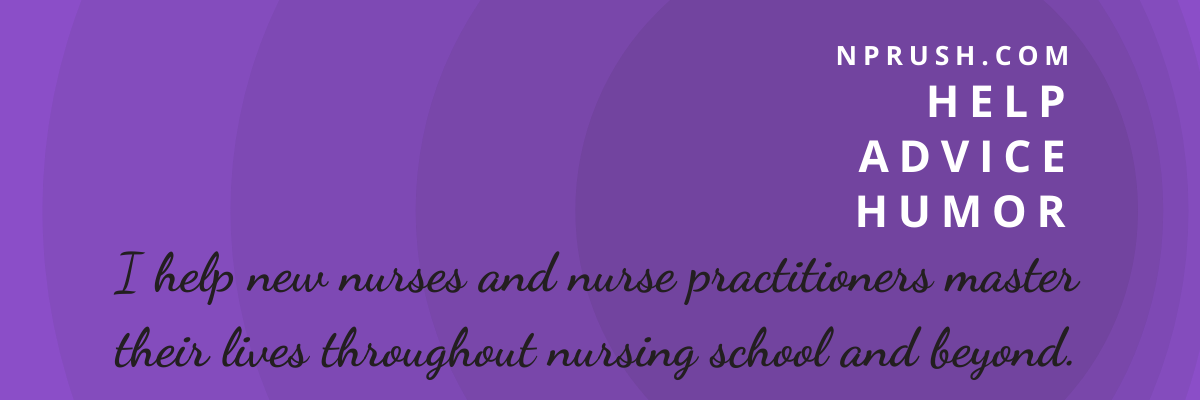Throughout your nursing education and career, you’ll be reading scientific papers. Whether you’re researching a general question to solve a clinical problem, looking for evidence-based practice guidelines, or seeking to expand your nursing knowledge base, you’ll come across scientific papers.
Scientific writing is specific, concise, and direct, making it challenging to navigate. Understanding the basic parts and how to navigate them will prepare you for your next literature search or peer review or for writing your upcoming scholarly nursing paper.
This approach is only one suggestion of how to read a scientific paper. There are other methods, but it often depends on the type of scientific paper and type of information the reader is seeking.
This is the approach most editors, reviewers, and readers approach scientific articles.
FREE PDF downloads: APA Headings and Research Paper Checklist and more!
- Title
The title should present what was studied, how it was done, and what the major results were. A title that is well-balanced between informative and concise provides immediate clues as to whether you need to read further.
2. Abstract
It is a common approach to read the abstract second. The abstract provides a concise and clear general overview of the topic. It will reveal if there is any relevance to your topic and you’ll know immediately if you want to read further.
3. Tables, figures, and photos
This serves two purposes. Reviewing tables, plots, graphs, and photos will give you a great overview of the study and feel for the data as well as allow you to reflect on the accuracy of the paper.
Tables and figures should tell a complete story on their own and highlight the most interesting and curious results from the study. If the tables are wonky (very scientific term!) then you know the rest of the paper isn’t reliable either. No need to read on from here.
Primary data can be shown in photographs, pathology slides, x-rays, electron micrographs, gels, etc. These are presented this way to indicate data quality and with the belief that “seeing is believing.”
Graphs tell quick visual stories. Line graphs display trends over time, dose, or age. While bar graphs often compare groups at one point in time. Scatter plots show relationships between two variables and allow individual data point to shine.
If tables and graphs are complicated or unclear, it may be sign that the data is not being represented honestly or that the researcher is unclear in their understanding of the overall picture.

4. Conclusion
The conclusion will discuss if the goals laid out in the abstract were reached and it will give you a better sense regarding the relevance of this information to your current area of study.
5. References
This is probably not on the top five list of first things to read in a scientific paper. If I’ve gotten this far, it’s obviously a paper I want to read in full and possibly include or cite in my own research or article.
The reference list also helps me decide if this paper is truly relevant by giving me a first impression of the researchers who do similar research on the topic.
Too many times, I’ve set a paper aside to read in full later, expecting it will support my topic only to discover that the references they used were outdated, weak, or biased. Taking a quick peak here has saved me a lot of time.
6. Results and Discussion
I quickly scan the results and/or discussion portion to look for anything particularly interesting or controversial. This gives me a general idea of how this paper fits into the general body of knowledge out there on this topic and if it can stand up to scientific rigor.
Questions? Need help writing your scholarly nursing paper? Contact me!
Check out these posts for details on Writing IMRAD or Writing the Scholarly Nursing Paper.
FREE PDF downloads: APA Headings and Research Paper Checklist and more!
Cheers!






